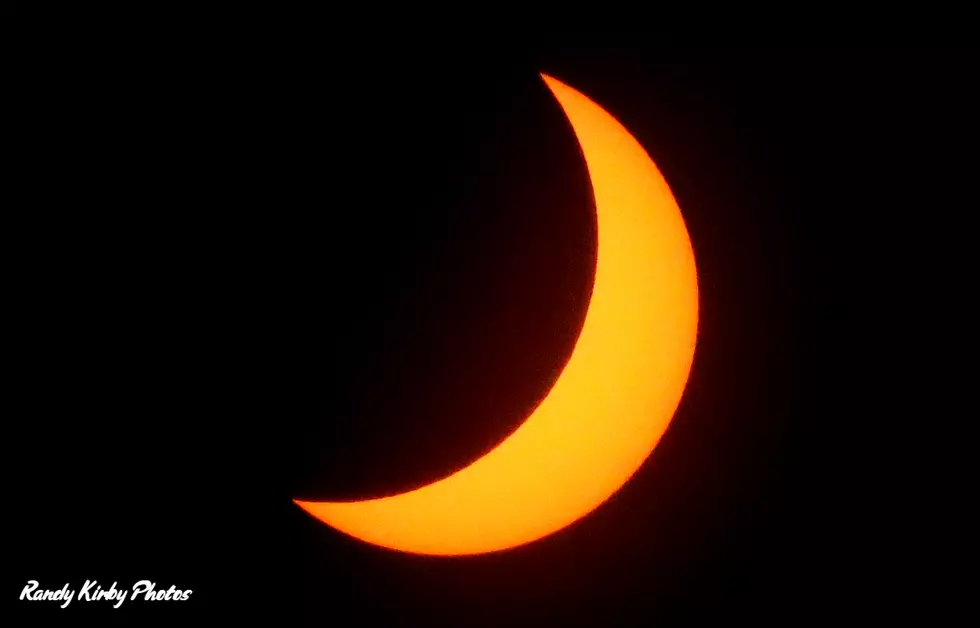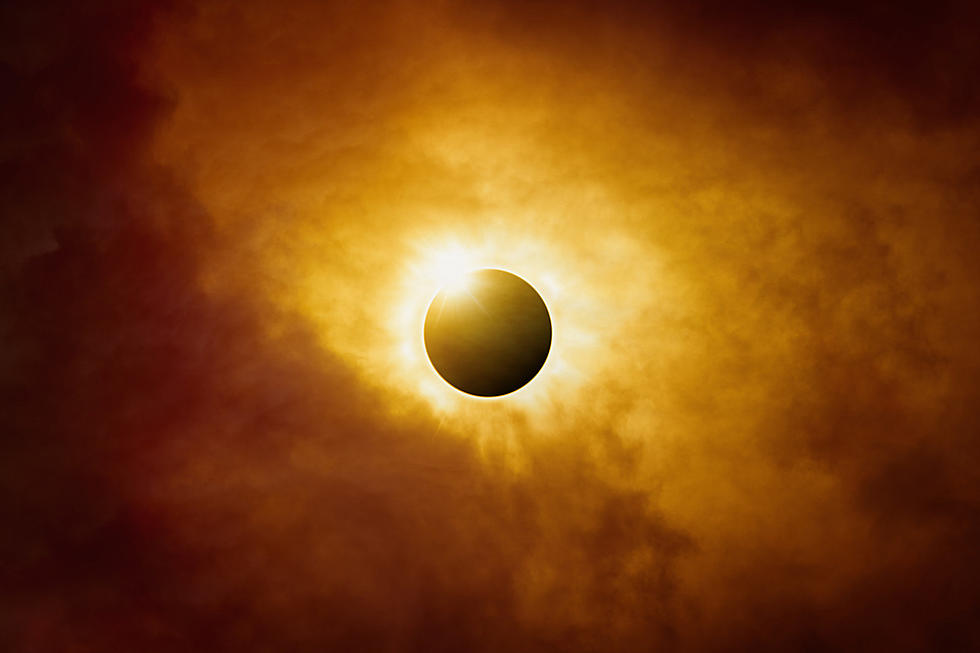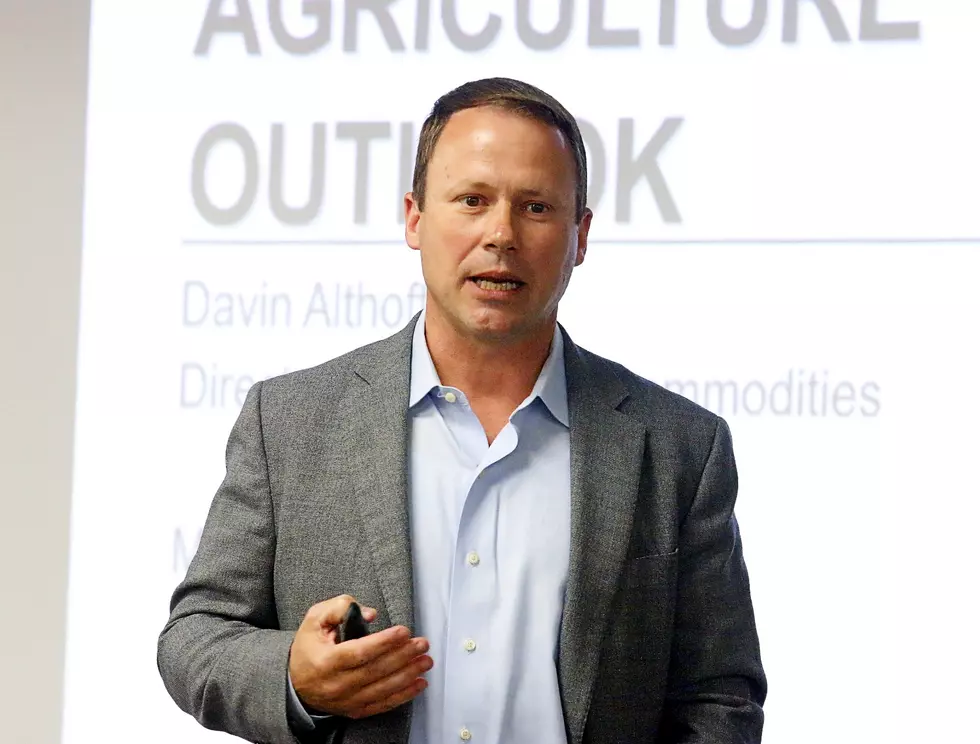
Solar Eclipse 2024 Illustrates Fascinating Lessons in Astronomy, Mathematics, Physics
Monday's much-anticipated total solar eclipse went smoothly, with the moon passing silently in front of the sun (from the Earth's vantage point), with no complications.
According to Exploratorium, “a solar eclipse occurs when the moon passes between the Sun and Earth, casting the moon's shadow on Earth. This only happens occasionally, because the moon doesn't orbit in the exact same plane as the Sun and Earth do. Two things need to occur at once for you to see a solar eclipse: the Sun, moon, and Earth need to be in a straight line, with the moon between the Sun and Earth; and you need to be standing in the correct spot on Earth.”
In my case, I was not in the exact right spot, but I was close. About 32 miles farther to the southeast of my location, I could have witnessed totality. So I didn't get to see the corona, “Bailey's Beads” or the “Diamond” effect.
But that's OK, it was still pretty spectacular to see it with my protective and official solar glasses, generously provided by my former co-worker and AE John Hopper, as well as through my telephoto lens, which was mounted on a tripod for the duration of the eclipse, which generally lasted from around 12:38 to 3:11 p.m. Monday.
It was exciting to simply look up (with my glasses on) and see a big chunk of the sun "gone" courtesy of the moon.
My lens was safely covered with my homemade solar filter I put together in 2017 and used at that time for Sedalia's total solar eclipse, which I viewed from the Missouri State Fairgrounds. Thank goodness, I held on to it all this time over the past seven years. And it still works. You think the filter and I will still be around in 2044? We shall see.
For Monday's eclipse, I was located south of Mountain Grove. I should have been at West Plains. Or Cape Girardeau. Or Poplar Bluff. Anyway, too late now.
Enjoy the photos I did take. I get that everyone wants to take their own photos with their own smart phone. And that's fine. But I didn't use my phone at all, I was too busy taking photos with my “professional” cameras and noting how weak the light was getting and how the breeze was dying down.
In addition to lessons in astronomy, mathematics and physics, as indicated in the headline of my story, there is also a lesson to be learned in timing (arrive early, leave late, and avoid some of the eclipse chaser traffic on the interstate.) The MSHP was called in to monitor the thick traffic on Highway 60 Monday. So science does get people excited. Sometimes.
It's amazing, because “the Sun and moon aren’t really the same size, of course: the Sun is 400 times the diameter of the moon. But it’s also 400 times farther away from us, and this relationship between size and distance makes the Sun and the moon appear the same size in the sky. It’s a wonderful coincidence, and should not be taken for granted—Earth is the only planet in our solar system with a moon the proper size and distance to cause striking solar eclipses,” says Exploratorium.
Also, “the motions of Sun, moon, and Earth bring the three bodies into alignment two to four times a year. But a perfect alignment, resulting in a total solar eclipse, only occurs about once every 18 months. During the day, as the moon passes in front of the Sun, it begins to cast a partial shadow (called the penumbra) onto Earth. At the height of the eclipse, the Sun’s light is entirely blocked, and the moon casts a full shadow called the umbra.”
According to Exploratorium, “ The area on Earth where a solar eclipse is visible is not static, because the moon and Earth are not fixed objects: the moon orbits Earth and Earth orbits the Sun, in addition to spinning on its axis. These motions continue during an eclipse, so the spot on Earth where the moon’s shadow falls traces a curved path across the planet. This is the path of totality, the only vantage from which you can witness a full eclipse.
“Although total solar eclipses happen regularly, the path of totality is extremely limited. If you stood in one place and waited to see a total eclipse, you could wait for 300 years or more.”
Personally, I don't want to wait that long.
Solar Eclipse 2024
Gallery Credit: Randy Kirby
[carbongallery id="6352b217569083488bb15722"
More From AM 1050 KSIS









